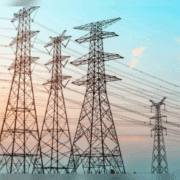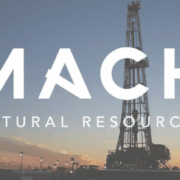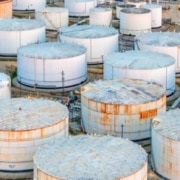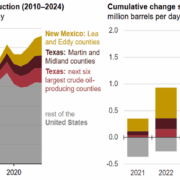USA, Texas: Texas regulators have approved a sweeping reliability plan for the Permian Basin to address soaring electricity demand driven by oil and gas production, data centres, and industrial growth. The plan could see the state’s first 765-kV transmission lines built to import power from other regions, marking a milestone in Texas grid development. Let’s talk more about Texas approves $13.8B plan.
The Public Utility Commission of Texas (PUC) directed transmission service providers to begin preparing applications. It is for eight new import paths into the Permian Basin– five 345-kV and three 765-kV routes. A final decision on whether to move forward with 765-kV construction is expected by May 1.
“These would be the first 765-kV lines ever built in Texas. Some of the first in the US,” said Doug Lewin, President of Stoic Energy. Commissioner Jimmy Glotfelty added that higher-voltage lines could save $100–300 million annually. This is in congestion costs while reducing line losses and overall route length.
Click here to read the full article
Source: Transformer
—
Do you have any questions or thoughts about the topic Texas approves $13.8B plan? Feel free to contact us here or leave a comment below.










